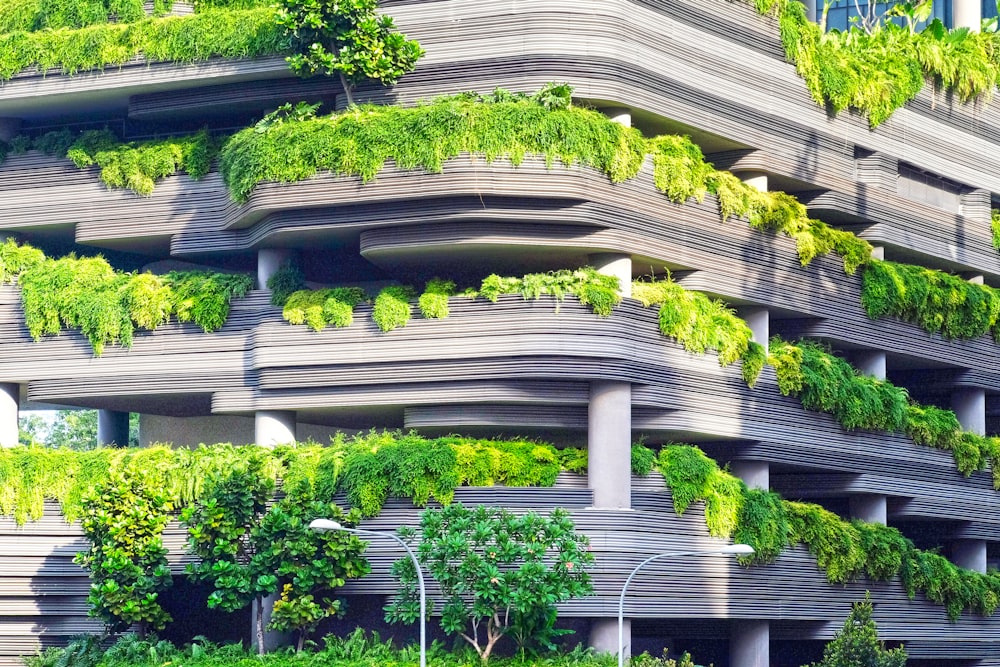Embarking on a Journey through Tectonic Architecture: Where Form Meets Function
Introduction to Tectonic Architecture: A Fusion of Form and Functionality
In the realm of architecture, tectonic design stands as a testament to the harmonious integration of form and function. Rooted in the principles of structural integrity and material expression, tectonic architecture transcends mere aesthetics, offering spaces that are both visually striking and functionally efficient. From soaring skyscrapers to humble dwellings, tectonic design celebrates the inherent beauty of construction while prioritizing practicality and purpose.
The Essence of Tectonic Design: Balancing Aesthetics and Utility
At the heart of tectonic architecture lies a delicate balance between form and function. Each design decision is driven by a deep understanding of structural principles and material properties, ensuring that every element serves a purpose beyond mere ornamentation. From load-bearing walls to cantilevered beams, every component of a tectonic structure is carefully considered to maximize efficiency and optimize spatial experience.
Material Expression in Tectonic Architecture: Crafting with Integrity
One of the defining features of tectonic design is its emphasis on material expression. From raw concrete to sleek steel, tectonic architecture celebrates the inherent beauty of construction materials, allowing their natural characteristics to shine through. Whether it’s the textured surface of exposed brick or the polished finish of stainless steel, each material is chosen for its structural properties as well as its aesthetic appeal, creating spaces that are both visually captivating and structurally sound.
Innovations in Tectonic Architecture: Pushing the Boundaries
As technology advances and construction methods evolve, tectonic architecture continues to push the boundaries of what is possible. From parametric modeling to digital fabrication, architects are leveraging cutting-edge tools and techniques to create structures that were once unimaginable. This spirit of innovation is evident in the fluid forms of biomimetic buildings and the intricate geometries of computational designs, demonstrating the limitless potential of tectonic architecture to shape the built environment.
Sustainable Tectonic Design: Harmonizing with the Environment
In an era of increasing environmental awareness, tectonic architecture is leading the way in sustainable design practices. By harnessing renewable energy sources, optimizing passive design strategies, and minimizing waste, architects are creating buildings that not only minimize their environmental footprint but also enhance the well-being of their occupants. From green roofs to rainwater harvesting systems, tectonic design celebrates the symbiotic relationship between architecture and the natural world, offering a model for sustainable living in the 21st century.
Cultural Significance of Tectonic Architecture: A Reflection of Society
Beyond its technical prowess and aesthetic appeal, tectonic architecture holds deep cultural significance as a reflection of society’s values and aspirations. Whether it’s the soaring spires of Gothic cathedrals or the sleek lines of modernist skyscrapers, each architectural style speaks to the zeitgeist of its time, embodying the cultural, social, and economic forces that shape our built environment. Tectonic architecture is no exception, serving as a canvas for cultural expression and a testament to human ingenuity throughout history.
The Future of Tectonic Architecture: Embracing Change
As we look to the future, tectonic architecture remains at the forefront of innovation and progress in the field of architecture. From sustainable skyscrapers to resilient housing solutions, architects are harnessing the power of tectonic design to address the pressing challenges of our time, from climate change to urbanization. With its emphasis on structural integrity, material expression, and environmental stewardship, tectonic architecture offers a blueprint for a more sustainable and resilient built environment for generations to come.
Read more about tectonic architecture


